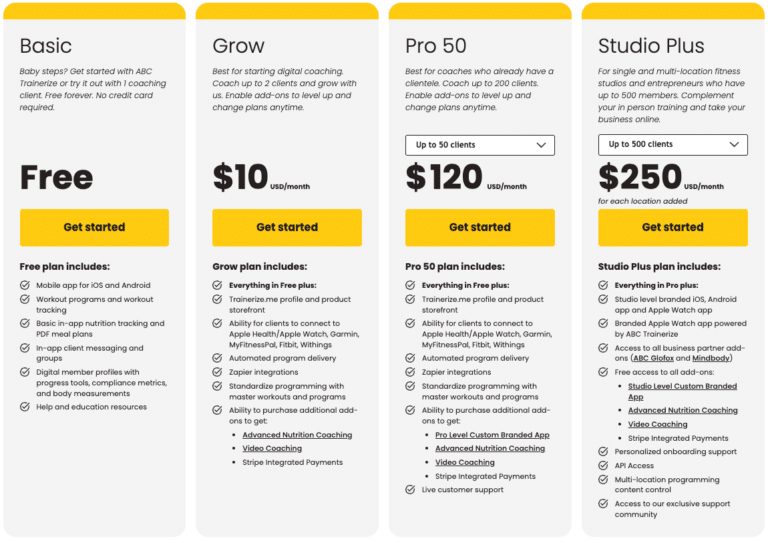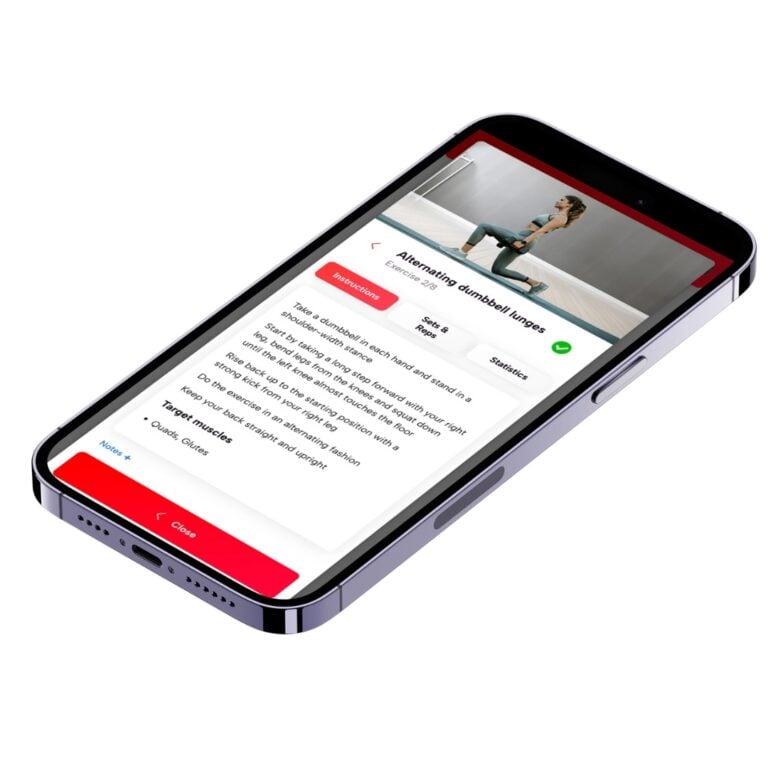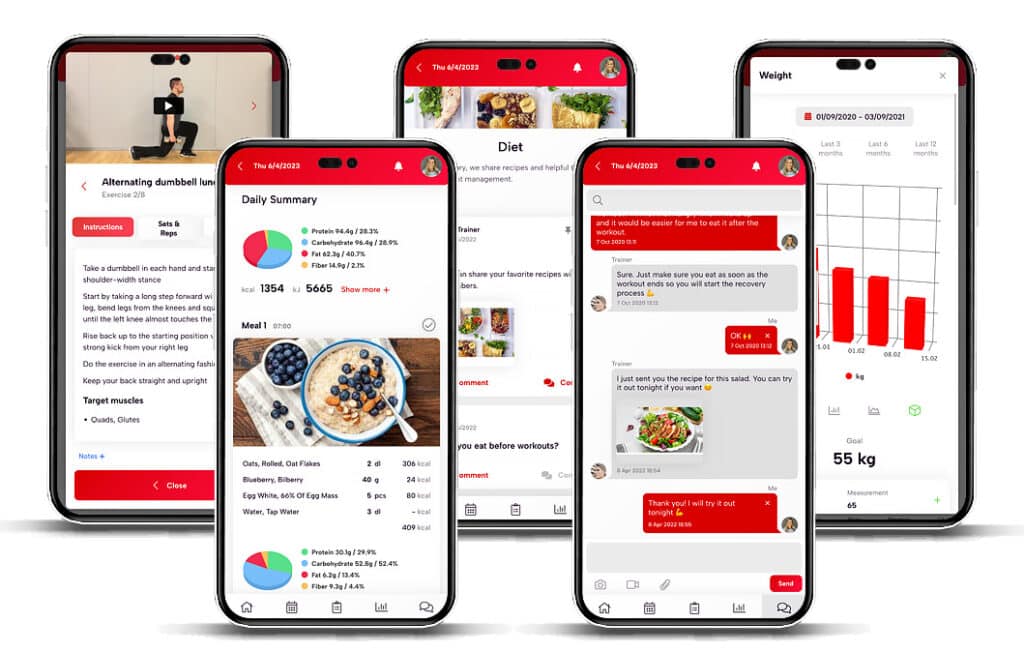Understanding how to engage and motivate clients can lead to positive outcomes, enabling them to reach their goals and achieve personal satisfaction. Motivation is crucial not only for goal achievement but also for fostering a sense of purpose and fulfillment. By exploring various techniques and tools to increase client motivation, professionals can create a supportive environment that encourages clients to stay on track and remain committed to their aspirations.
Understanding Client Motivation
Defining Client Motivation
Client motivation is the driving force that propels individuals towards achieving their goals and fulfilling their personal values. It is the intrinsic or extrinsic motivation that determines how engaged clients are in their journey towards goal achievement. Intrinsic motivation stems from personal satisfaction and inner desires, while extrinsic motivation is influenced by external rewards or expectations. Understanding these distinctions is essential for professionals aiming to foster motivation and keep clients motivated. By defining what motivation means to each client, professionals can utilize motivational interviewing and other powerful tools to help clients create actionable goals and master techniques that align with their inherent motivations.
Types of Motivation in Clients
There are various types of motivation that can affect how clients engage with their goals. Intrinsic motivation involves engaging in activities for the inherent satisfaction and personal growth they provide. In contrast, extrinsic motivation is driven by external rewards or the avoidance of negative consequences. For professionals working with clients, recognizing these types of motivation is vital to tailor strategies that resonate with each individual. Some clients may thrive on intrinsic motivation, finding joy in the process itself, while others might be more extrinsically motivated, requiring tangible rewards or recognition. By understanding these nuances, professionals can encourage clients and design interventions that boost client motivation and engagement effectively.

Unlock your fitness potential with Trainero! Get a 14-day free trial and access personalized workout plans, expert coaching, and progress tracking—all in one app. No commitments, just results. Start your free trial today and take your fitness journey to the next level!

Recognizing Signs of Lack of Motivation
Identifying signs of a lack of motivation in clients is crucial for timely intervention and support. Clients who lack motivation may display decreased enthusiasm, procrastination, or a reluctance to engage in activities they once found rewarding. They might lose motivation due to unmet expectations, overwhelming challenges, or a misalignment between their goals and values. By recognizing these signs, professionals can help clients address underlying issues and encourage the client to remain focused on their objectives. Utilizing open-ended questions and building trust can aid in uncovering the root causes of demotivation and assist in developing strategies to keep clients motivated and engaged on their journey.
Engaging Unmotivated Clients
Strategies to Engage Clients
Engaging clients who lack motivation requires a strategic approach that combines understanding individual client needs and implementing tailored interventions. One effective strategy is to use open-ended questions, which can help uncover the underlying reasons for a client’s lack of motivation. This approach encourages clients to reflect on their own motivations and barriers, fostering self-awareness and insight. Additionally, setting measurable, actionable goals is essential in helping clients see progress and stay motivated. By breaking down larger goals into smaller, achievable steps, clients can experience a sense of accomplishment, which boosts motivation. Professionals can also leverage motivational interviewing, a powerful tool that helps clients explore and resolve ambivalence, ultimately guiding them towards a more motivated and engaged state.
Building Rapport for Better Engagement
Building rapport is a cornerstone of successful client engagement, as it lays the foundation for trust and open communication. Establishing a strong rapport involves actively listening to clients, empathizing with their experiences, and showing genuine interest in their aspirations. When clients feel understood and supported, they are more likely to engage in the process of change and remain committed to their goals. Trust is further reinforced through consistent follow-up and personalized feedback, which demonstrates a professional’s dedication to the client’s success. This supportive environment not only helps clients remain motivated but also empowers them to take ownership of their journey, increasing client motivation and engagement. As rapport strengthens, clients are more apt to share their true motivations and collaborate on strategies that align with their intrinsic and extrinsic motivations.
Using Motivational Interviewing Techniques
Motivational interviewing is a client-centered technique designed to enhance motivation and facilitate change. This approach is particularly effective for clients who may lack motivation, as it focuses on eliciting and strengthening a client’s own reasons for change. Professionals use open-ended questions and reflective listening to explore a client’s goals and values, helping them articulate their motivations and address any ambivalence. By fostering a collaborative dialogue, motivational interviewing helps clients create actionable goals and master techniques that encourage progress. This method not only helps clients overcome resistance but also reinforces their intrinsic motivation. When clients feel that their autonomy is respected and their values are prioritized, they are more likely to stay engaged and committed to achieving their objectives.
Boosting Client Motivation
Setting Achievable Goals for Clients
Setting achievable goals is a cornerstone in boosting client motivation. When professionals work with clients to develop measurable and realistic objectives, clients are more likely to stay engaged and committed. By breaking down larger aspirations into smaller, actionable goals, clients can experience incremental success, which fosters intrinsic motivation and keeps them motivated. This approach not only helps clients maintain focus but also encourages them to persist despite challenges. Professionals can assist clients in aligning these goals with their personal values, ensuring that the objectives resonate with what truly matters to them. This alignment is crucial for sustaining motivation, as clients are more inclined to pursue goals that reflect their intrinsic desires and extrinsic rewards.
Creating a Supportive Environment
Creating a supportive environment is essential for helping clients overcome a lack of motivation. A nurturing setting encourages clients to explore their motivations and express their challenges openly. Professionals can foster this environment by building trust and using empathetic communication, which helps clients feel understood and valued. Encouraging collaboration and providing consistent feedback reinforces the client’s sense of progress and commitment. Additionally, a supportive environment can include leveraging motivational interviewing techniques, which empower clients to articulate their motivations and address any ambivalence they may experience. By ensuring clients feel supported, professionals can maintain momentum and keep clients on track towards achieving their goals, ultimately leading to positive outcomes and increased motivation.
Tracking Progress and Celebrating Achievements
Tracking progress and celebrating achievements are vital strategies to keep clients motivated. Monitoring a client’s journey allows both the client and the professional to recognize and acknowledge progress, no matter how small. This reinforcement of success can significantly boost client motivation, as it provides tangible evidence of their efforts and accomplishments. Celebrating achievements, whether through verbal recognition or tangible rewards, can further motivate clients by highlighting their progress and reinforcing their commitment to their goals. By keeping a close eye on their progress, professionals can help clients adjust their strategies as needed, ensuring they remain engaged and on track. This approach not only encourages clients but also fosters a sense of accomplishment and fulfillment, motivating them to continue striving towards their objectives.
Maintaining Client Engagement
Continuous Communication with Clients
Continuous communication is a vital component of maintaining client engagement and ensuring clients remain motivated throughout their journey. By establishing a consistent communication routine, professionals can foster a supportive relationship that encourages open dialogue and trust. Engaging in regular check-ins allows for the monitoring of progress and provides an opportunity to address any concerns clients may have. Open-ended questions can be used to facilitate deeper conversations, helping clients articulate their motivations and any barriers they might be facing. This approach helps keep clients on track, as they feel understood and valued. Continuous communication also enables professionals to adjust strategies as needed, ensuring that clients remain aligned with their goals and values, ultimately boosting their motivation and commitment.
Adjusting Strategies Based on Feedback
Adjusting strategies based on client feedback is essential for maintaining motivation and engagement. Clients are more likely to stay committed to their goals when they feel their input is valued and their needs are being met. By actively seeking feedback, professionals can identify what strategies are working and what might need modification. This responsive approach not only helps clients feel heard but also empowers them to take ownership of their journey. Adjustments can be made to align with both intrinsic and extrinsic motivations, ensuring that the strategies remain relevant and effective. This flexibility fosters motivation and demonstrates a commitment to helping clients reach their goals, ultimately leading to positive outcomes and sustained engagement.
Encouraging Self-Motivation in Clients
Encouraging self-motivation is a powerful tool for helping clients maintain their drive and commitment. By fostering an environment where clients feel empowered to take initiative, professionals can help them develop intrinsic motivation. One way to do this is by encouraging clients to set their own actionable goals and master techniques that align with their personal values. This approach not only increases client motivation but also instills a sense of ownership and responsibility. By using motivational interviewing techniques, professionals can help clients explore their motivations and build self-awareness. When clients are able to articulate their own reasons for change, they are more likely to stay engaged and committed, ensuring long-term success and satisfaction in their endeavors.










